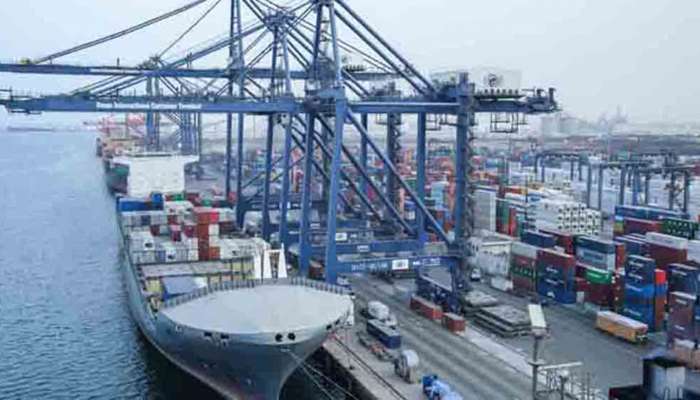
Muscat: Oman’s economy is expected to expand moderately in 2023.
Oman’s economy entered this year on a positive note, expanding 4.7 per cent y/y in Q1, outpacing the average growth rate last year and driven by non-oil output, which expanded 4.6 per cent.
While non-oil activities are forecast to grow 2.9 per cent, up from 1.6 per cent last year, headwinds in the oil sector, driven by Opec+ policy changes, will cause GDP growth to slow to 2.5 per cent year-on-year (y/y) compared to the 4.3 per cent y/y growth in 2022, according to the latest Economic Insight report, commissioned by ICAEW and compiled by Oxford Economics.
While the energy sector slowed to 3.5 per cent, with oil output growing by just 2.8 per cent, fishing, building, and construction sectors have rebounded following double-digit contractions last year. Services have also climbed by 4.5 per cent, supported by retail, transport, and real estate activity.
Aligned with the Opec+ agreement, Oman is expected to reduce oil output to 1.042mn b/d this year, down 2.1 per cent from last year, with further adjustments anticipated in the coming year. Meanwhile, gas production increased by 3.4 per cent in 2022 and will continue to inch up as more projects come online, shifting the composition of energy trade further in favour of gas.
Despite hotel occupancy rates hovering slightly below 2019 levels, tourism is expected to be among the key sectors boosting the Sultanate’s non-oil economic recovery, with indicators such as visitor numbers showing promising signs of improvement. Oman is also capitalising on growth and diversification plans in the region, such as the UAE’s Etihad Rail, which will connect Oman, the UAE and Saudi Arabia.
Oman is also advancing renewable wind and solar energy projects, aiming to raise the share of renewable energy to 30 per cent by 2030, up from the current 5.5 per cent. The government has signed agreements valued at $20 billion to develop green hydrogen and biofuels. It has also embarked on creating a sustainable finance framework, with a focus on funding initiatives supporting energy efficiency.
However, with energy sector trends being unfavourable, a small budget deficit is anticipated both this year and next. Fiscal data for January to July shows a positive balance due to lower spending. Still, the decline is expected to exert pressure on the budget for the rest of the year. In 2022, Oman achieved a budget surplus of 2.7 per cent of GDP, driven by a commodity price boom, marking a significant shift from prior budget and trade deficits into surpluses and repayment of external debt. ICAEW estimates this lowered the public debt-to-GDP ratio to 40 per cent last year, down from a peak of over 65 per cent in 2020.
Hanadi Khalife, Head of Middle East, ICAEW, said: “Despite last year's growth being primarily bolstered by elevated oil prices, Oman is demonstrating its ability to sustain economic expansion by diversifying and fostering growth within its non-oil sector. The marked expansion in renewable energy, tourism, and the pursuit of sustainable finance initiatives underscores Oman's unwavering commitment to maintaining its upward growth trajectory amid global economic challenges.”
Scott Livermore, ICAEW Economic Advisor, and Chief Economist and Managing Director, Oxford Economics Middle East, said: “While Oman confronts challenges in its oil sector, the nation's strategic emphasis on non-oil sectors and renewable energy is positioning it for sustained economic expansion. The government continues to unveil plans to support its medium-term growth with a $5.2 billion Future Fund to boost investment, the expansion of Muscat’s outskirts, and several other mega projects. The decision to diversify revenue streams away from oil sources is vital for Oman’s resilience in the face of changing global energy trends, and the sooner it's done, the better.”
Oman’s inflation has eased to below 1 per cent, primarily due to declining transport prices and slowing food price increases. ICAEW forecasts a 2023 consumer price index of 1 per cent, the second lowest in the GCC. However, inflation is expected to rise to 1.7 per cent next year, in line with the Oman Central Bank’s adherence to the path set by the US Federal Reserve, which is anticipated to start policy easing in 2024.